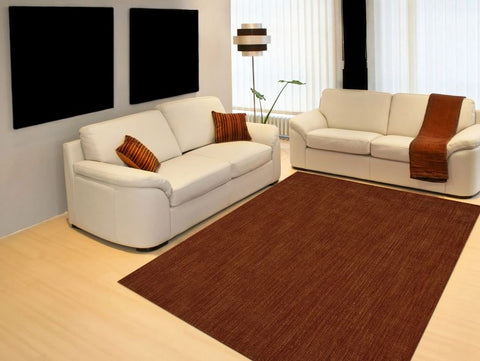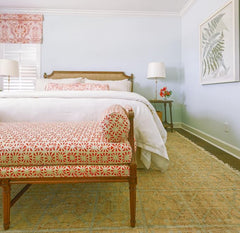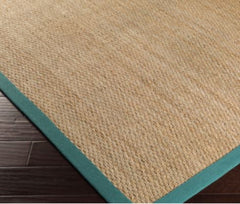Menu
-
-
Rugs
-
Furniture
-
Decor
-
Brands
-
Designers
-
Showrooms
- Bridle & Hearth
-
- New
- Top Sellers
- Clearance
- Wishlist(0)
- Find Products
- Gift Cards
- Decorative Guide
- Online customer service: 1-877-784-4663
- Login

- All Rugs
- New Arrivals
- Persian & Oriental
- Modern Rugs
- Natural & Wool Rugs
- Outdoor Rugs
- Baby & Kids
- Boho Rugs








